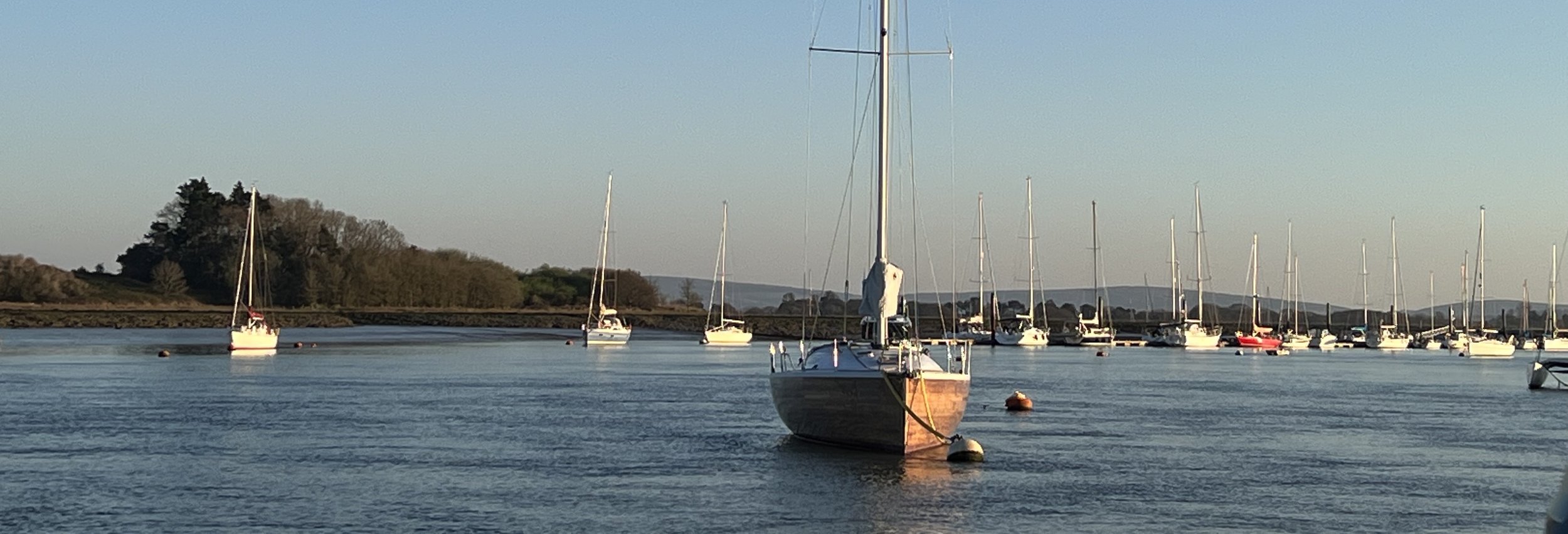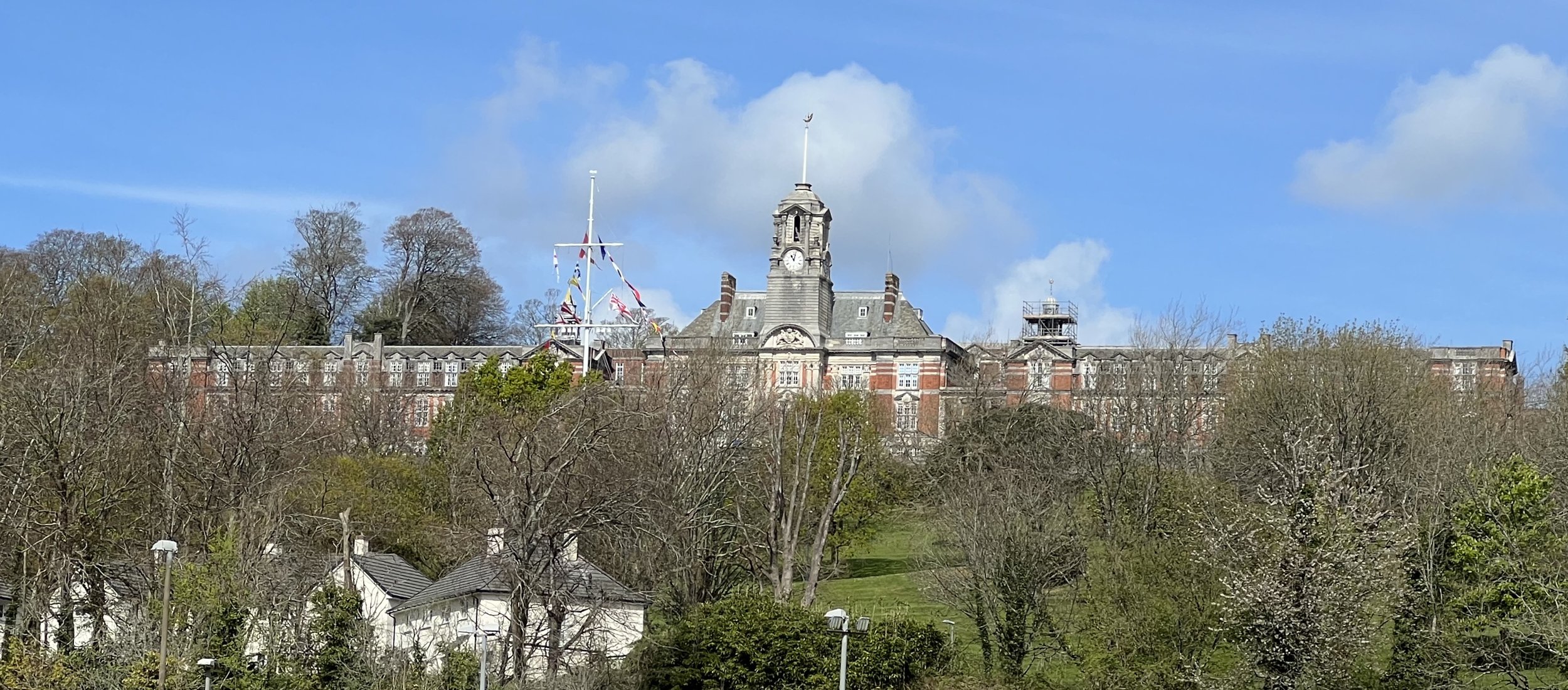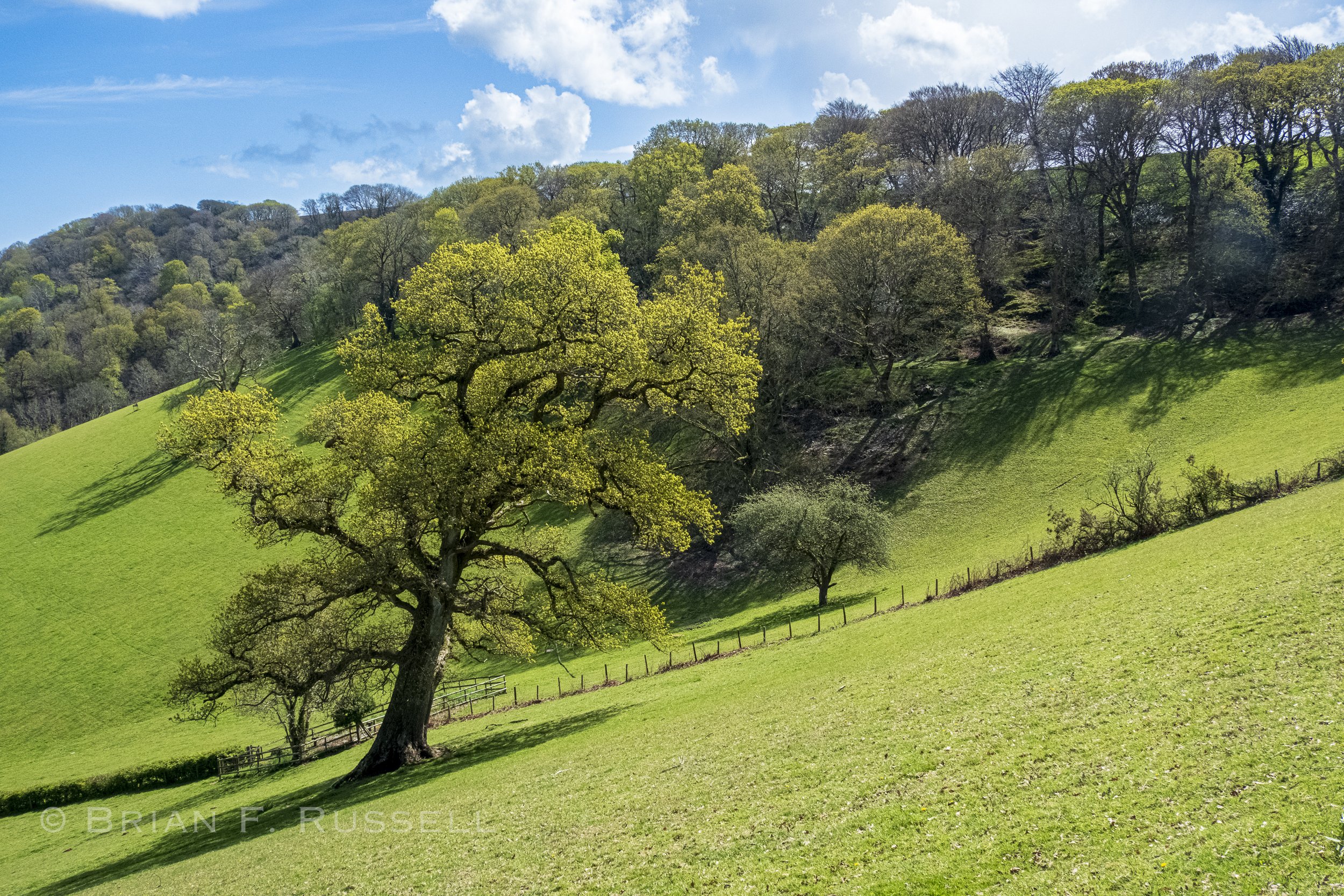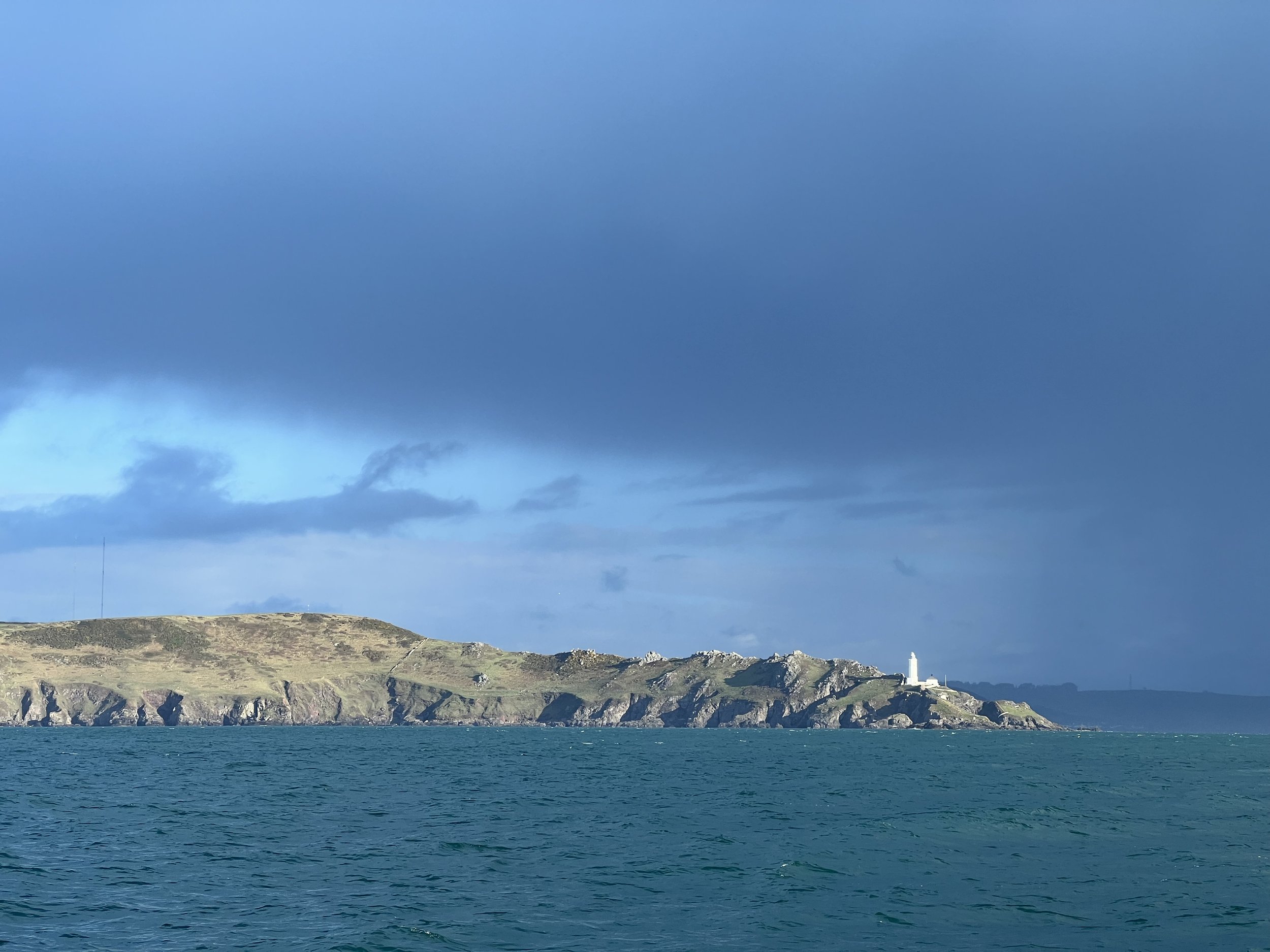England’s South Coast.
Peaceful Beaulieu River
The south coast of England has a massive sailing reputation, the rivers are all chock a block with marinas and moorings. Anchoring is difficult, not just finding an empty spot, but the strong tidal currents make it challenging to stay put. We opt to pick up a mooring.
Beaulieu River, just off the Solent, is part of the huge estate owned by Lord Montagu, sold to his family in 1538 by Henry VIII. He owns the lands all around, the river and river bed. It appears that he is a good steward, the limited and careful development of the countryside is testament to that fact. On the lovely walk along the river to the small village of Beaulieu we see signs of spring everywhere.
The village was beautifully maintained, helped in part by the free roaming horse that nibbled the shrubbery. There is an Abbey and a motorcar museum here, but we instead opted to visit the 18th century public house at Bucklers Hard where war ships of old were built from the oak forests that once graced the river banks.
We spent a delightful afternoon with Lesley, a college friend of Helens. We missed the rest of the gang who were all too far away to join us
We pottered around the Solent for a few days, passing the time on the Isle of Wight as we were waiting for a bonus meet up with Jake. We stayed in Newtown River on a mooring, and we tied up to the dock in Cowes. Here we caught a local bus for a cheap tour of the Isle of Wight. We also replenished ships stores.
The tides dictate when you can go ashore. Fortunately this was a rising tide.
After some pleasant hiking along the cliffs toThe Needles we take Helacious up to Southampton and join up with Jake at the Ocean Business conference. We sign in and marvel at the incredible technology of aquatic robotics.
Before we knew it, Jake was leaving and we welcome Tracy and Ray onboard for a few days.
The Needles, on the western tip of the Isle of Wight.
We pass the Needles as we leave the Solent and sail across to Studland Bay. There we have a quiet night on anchor next to Old Harry Rocks. What a dramatic coastline this is, the chalk cliffs and sea stacks. The wind shifted in the middle of the night and it began to rock and roll, so the next morning we move on.
Helacious at anchor in Studland Bay.
Old Harry Rocks.
The coastline along here is known as the Jurassic Coast, and recognized as a World Heritage site. In addition to the geological formations there are also fossil remains covering Triassic to Cretaceous periods. Mary Anning collected many fossils in this area in the early 19th century including the first ichthyosaur when she was 12 years old, contributing significantly to the new science of palaeontology. We pop into Lulworth Cove, an almost 360° protected bay that apparently is a source of many fossils. I could not find anything small enough to take home but I managed to spot some quartz inclusions and possibly a fossilized mussel bed.
Lulworth Cove.
We spent a quiet night anchored in Portland harbor, one of the largest man made harbors in the world. Portland is also known for its high-grade limestone quarries. St. Pauls cathedral was built from Portland stone. We say farewell to Tracy and Ray and plan our transit of Portland Bill, described in the cruising guide as “the most dangerous extended area of water in the English Channel. Quite substantial vessels drawn into it have been known to disappear without a trace”. Well, after reading that, we did our homework well.
We time our departure to have a slack tide as we pass by the Shambles bank and pick up the beginning of the ebb tide as we pass Portland Bill with at least 3nm clearance. It was still rough (and this was a calm day!), but we could see the choppy overfalls of the race to our north, and were very glad not to be caught in that. It was a long day and we pulled into Dartmouth just after sunset, before the rain arrived.
Dartmouth Castle guarding the river entrance.
Dartmouith climbing both banks of the river.
We tied up to the visitor pontoon and the next day wandered around town in the afternoon, dodging showers. The low clouds made it all quite mysterious. Dartmouth straddles the river, climbing the hills on each side. There is a small steam train that runs up and down one side of the river, tooting its horn several times a day. The following day was better weather so we took a walk along the river and over the hills to the small town of Dittisham. We passed the Royal Naval college that sits imposingly on the hill overlooking the town, and quickly discovered the delightful rolling countryside of Devon.
Royal Naval College, Dartmouth.
Taking advantage of the sunshine we enjoy an early evening stroll around the town. The quaint backstreets wound up the hill for fine views over the town and river. The church had a surprising and fine interior; the incredibly ornate wooden screen was carved in 1480. Dartmouth has many maritime connections. The Pilgrims left from here in the Mayflower and Speedwell in 1620, bound for the New World. The Speedwell was found to be unseaworthy some 300 miles off Lands End, so returned, leaving the Mayflower to complete the voyage alone.
It was graduation day for the Naval cadets and we saw a number of finely dressed and medalled folk heading up to the College for the celebrations. The fireworks display that night was a bonus before leaving the next day for Falmouth, Cornwall.
The Devonshire coastline, heading to Cornwall.
It was a full day sail west to our next stop where we found a great anchorage tucked up the River Fal for a few days to wait out the stiff winds. It was a fine spot with nice walks and we enjoyed having visitors Caroline and James onboard for a traditional scone-and-clotted-cream tea.
We move down to the town of Falmouth and anchor Helacious among some impressive naval vessels. Many serious sailors call Falmouth their home port, Sir Robin Knox-Johnson and Dame Ellen Macarthur amongst others.
After provisioning in Falmouth we moved on to the Helford river, waiting for the right weather for onward passage. This was a lovely spot and we enjoyed looking around the charming village, hiking along the coastline and exploring Frenchman’s creek, made famous in the Daphne Du Maurier novel. It was wild garlic season so we harvested some and made a pesto back on Helacious. We will let you know how it turned out.
We had come to the end of our trip along the south coast of England. So many iconic maritime locations, it really has been a fun month, but we are ready to move on, looking for a little isolation – and free anchorages.
One of the many Cornish coves, a hive of smuggling activity back in the day.
You may ask where are we off to next? Well that is a bit Scilly…
Follow our progress on our tracking page. https://forecast.predictwind.com/tracking/display/SVHelacious/







































































